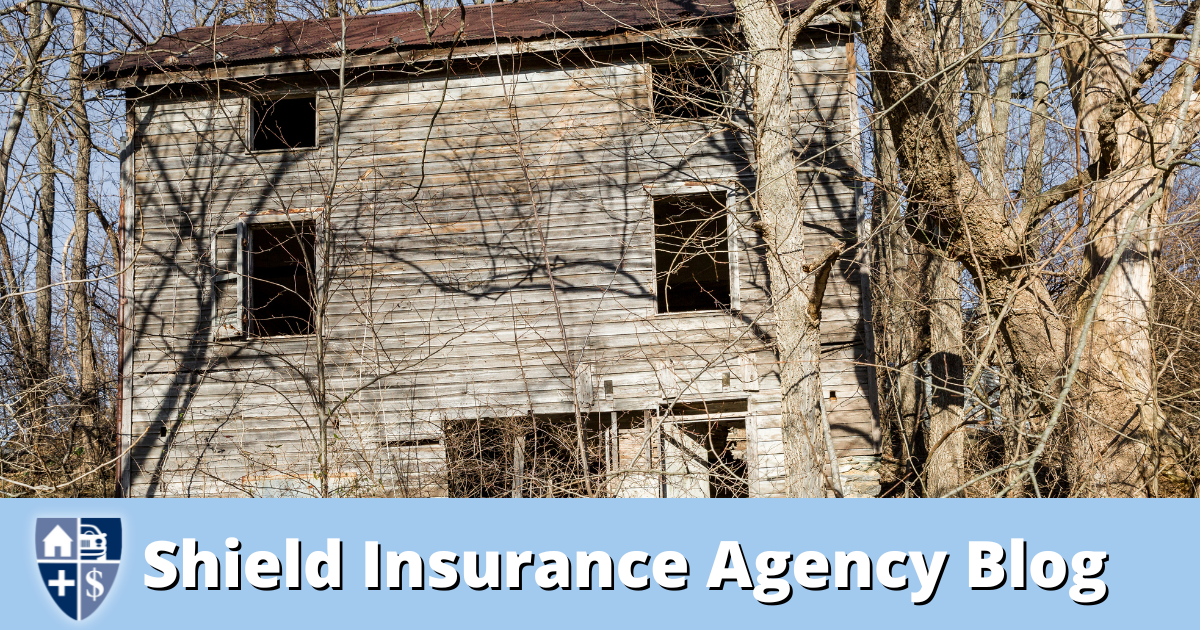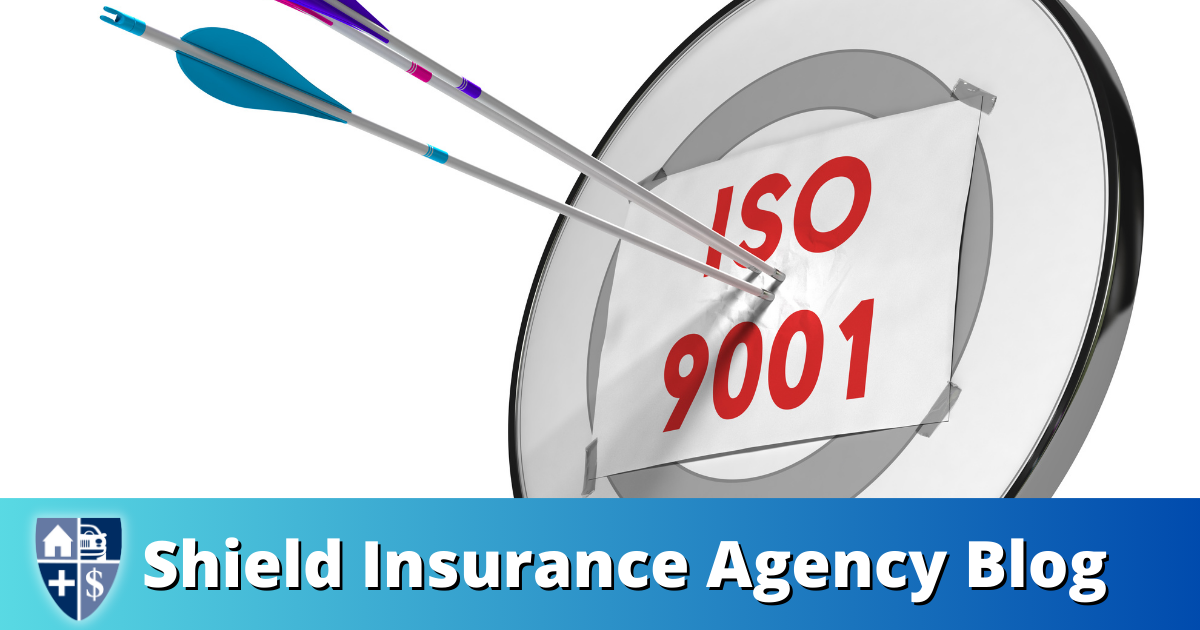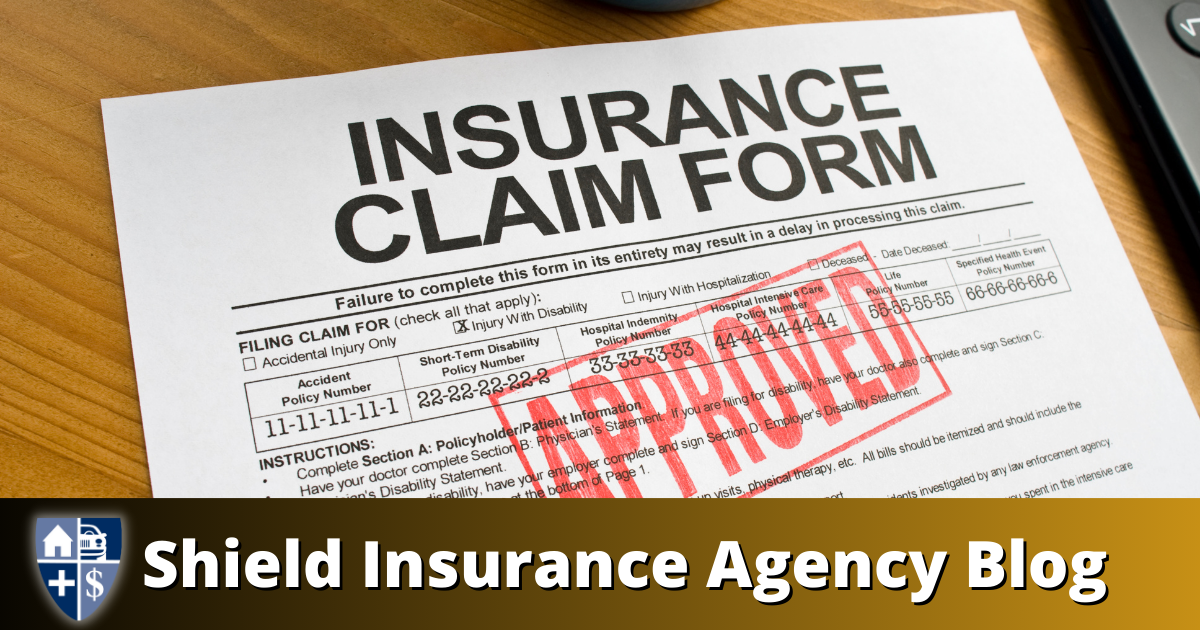
12-yo Leap Year Quadruplets Celebrate ‘Third Birthday’
GoodNewsNetwork | By Andy Corbley | March 1, 2024 | Leap Year | Shield Insurance
12-yo Leap Year Quadruplets Celebrate ‘Third Birthday’–Brothers Are All Unique But 3 Are Triplets
Britain’s only leap year quadruplets are celebrating their ‘third’ birthday this week—12 years after birth.
Reuben, Samuel, Zachary, and Joshua Robbins were all born within six minutes of each other on February 29th, 2012.
They celebrate their birthdays on March 1 each year, but every four years they get to mark the real day, being that it disappears from the calendar for three.
Their sire Martin Robbins has a real handful this time around, as each child wants to do something different to celebrate the real day.
“One wants to go bowling, another go-karting, one wants to do archery, so we’ve got to come to a happy decision!” he said.
Martin has been speaking to the media about their very unusual litter, and if readers were ever curious about what it’s like having quadruplets, the interview is a great opportunity to hear first hand.
Mother Emma Robbins gave birth to the boys via emergency Caesarean section, with Reuben being delivered first, followed by the second, Zachary. Zachary’s identical twin Joshua was the heaviest, and Samuel, who doesn’t look the same as the other three, was delivered last; with dark hair no less.
The quads have an older brother too, 14-year-old Luke, whom the quads “love very much”.
They often shadow him around because they look up to him, Martin said.
Three of the quadruplets are genetically identical—Reuben, Zachery, and Joshua, and while Samuel is not identical to his brothers he looks like his older brother Luke, and his mom.
“Sam is like the ring leader, who socially and mentally seems to be the boss of the four,” said their father. “The other three are all one and the same! Just like me, they are fair-haired and Sam has dark hair.”
“All the boys are quite different in themselves and as they’ve gotten older, they have become more engaged in other interests. They are all individual in their own rights, sometimes people want to put them in a basket and I’ve never understood that.”
“Josh is very sporty, he loves football and basketball. Zach and Reuben are very musical, they like to sing and dance and play keyboard. Reuben and Zach are very artsy and creative. Sam is the technical one; he has a curious mind and is always asking questions,” Mr. Robbins elaborates, adding that at their new school in Bristol, the four enjoy the collective nickname ‘copy-paste’.
“It’s the most important time for them, and is important for their social development so they can come into their own individuality,” he added. “It helps them make new and solid friends and have something to talk about when they come home”.



























































